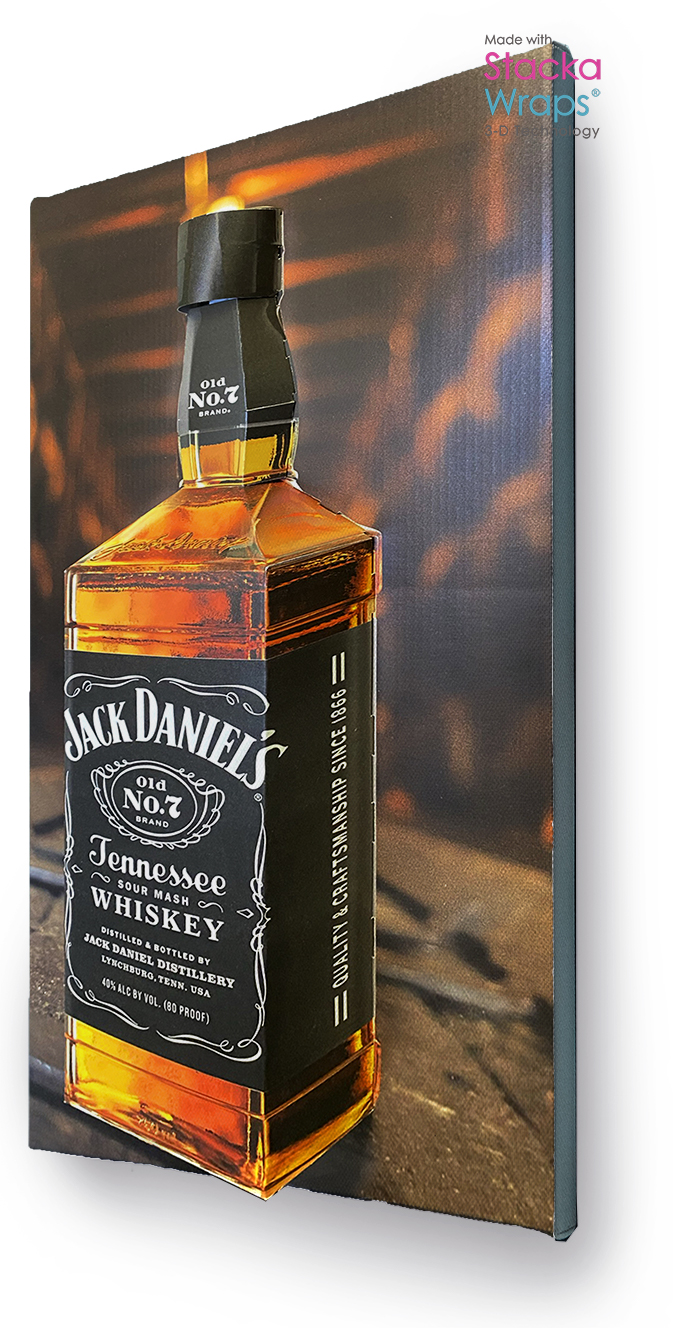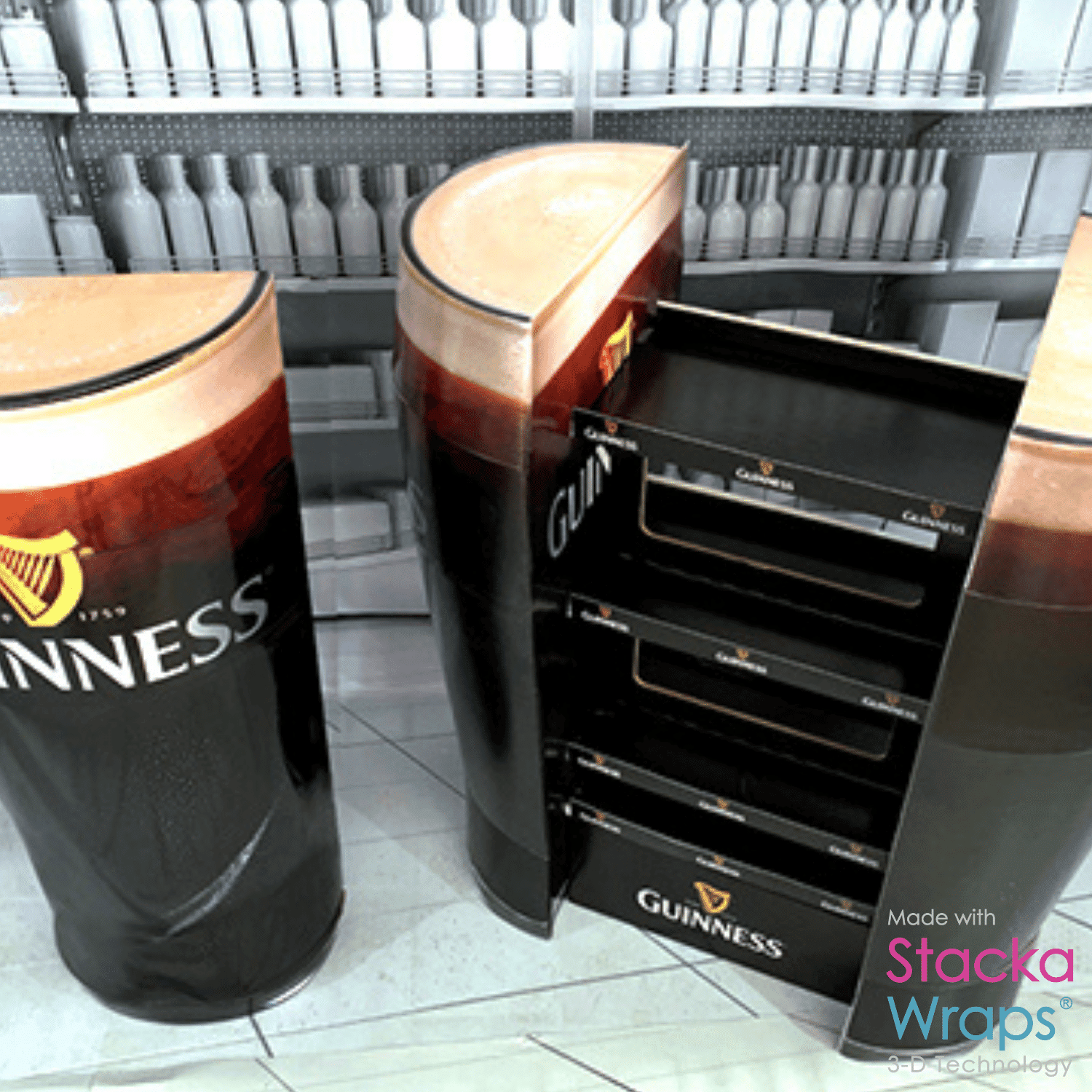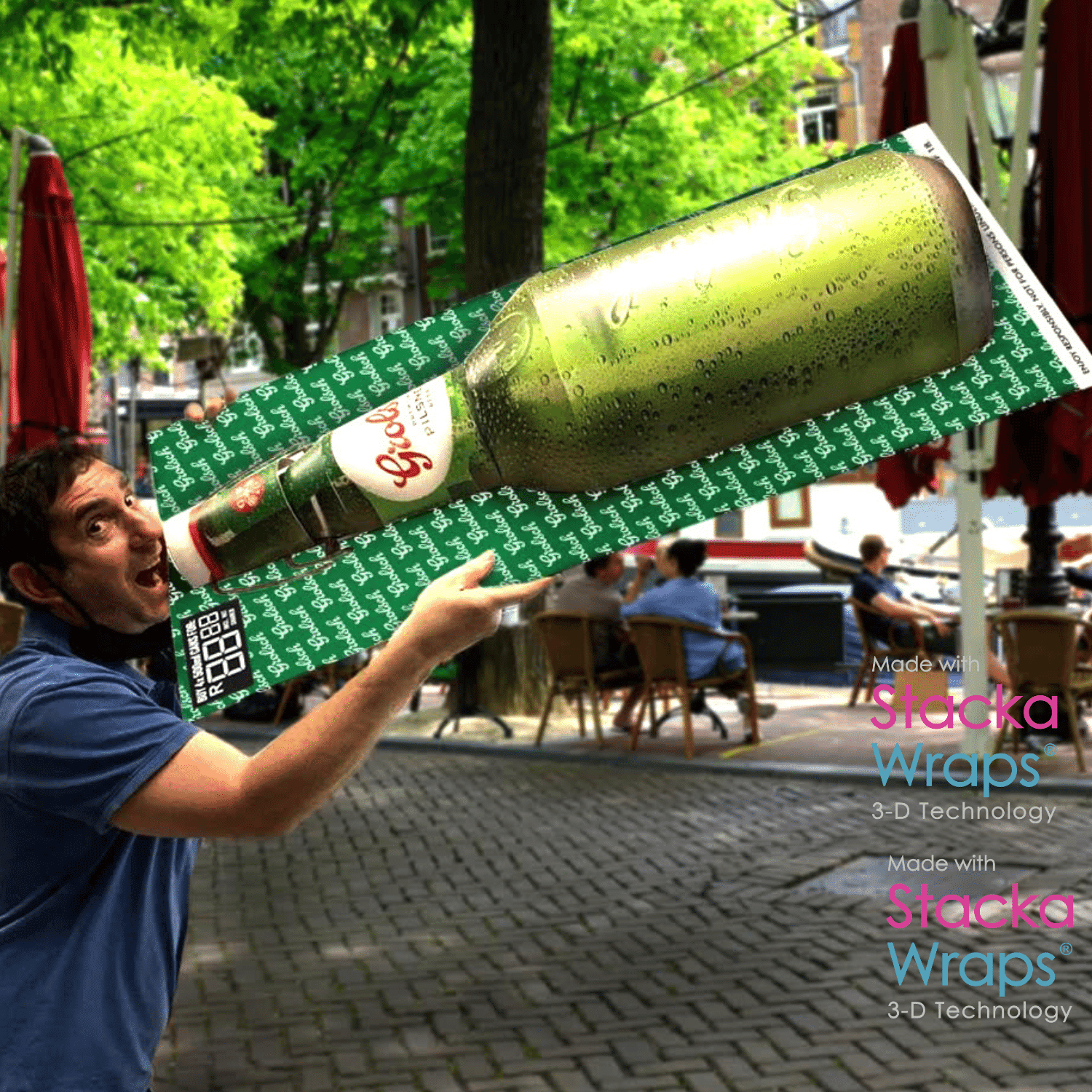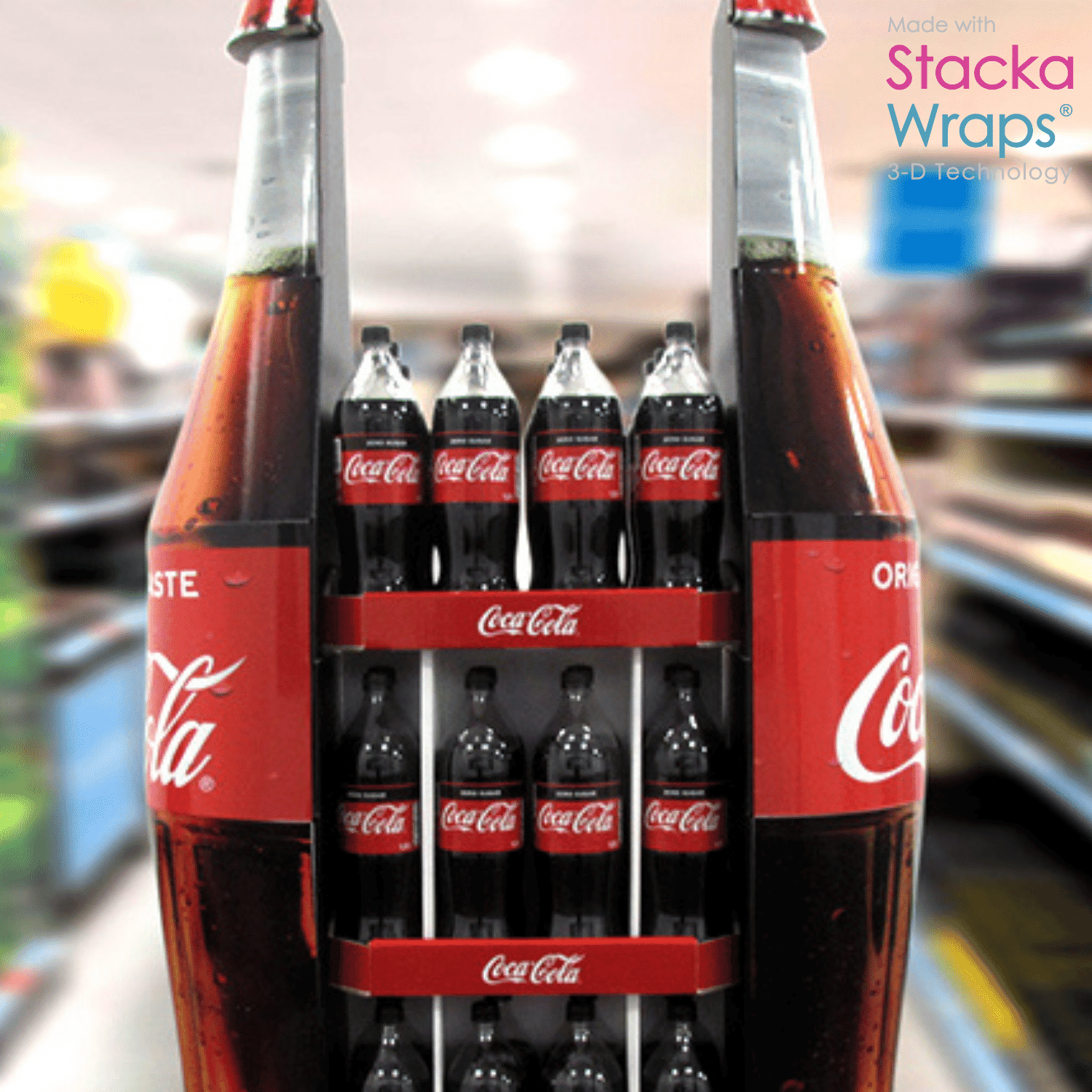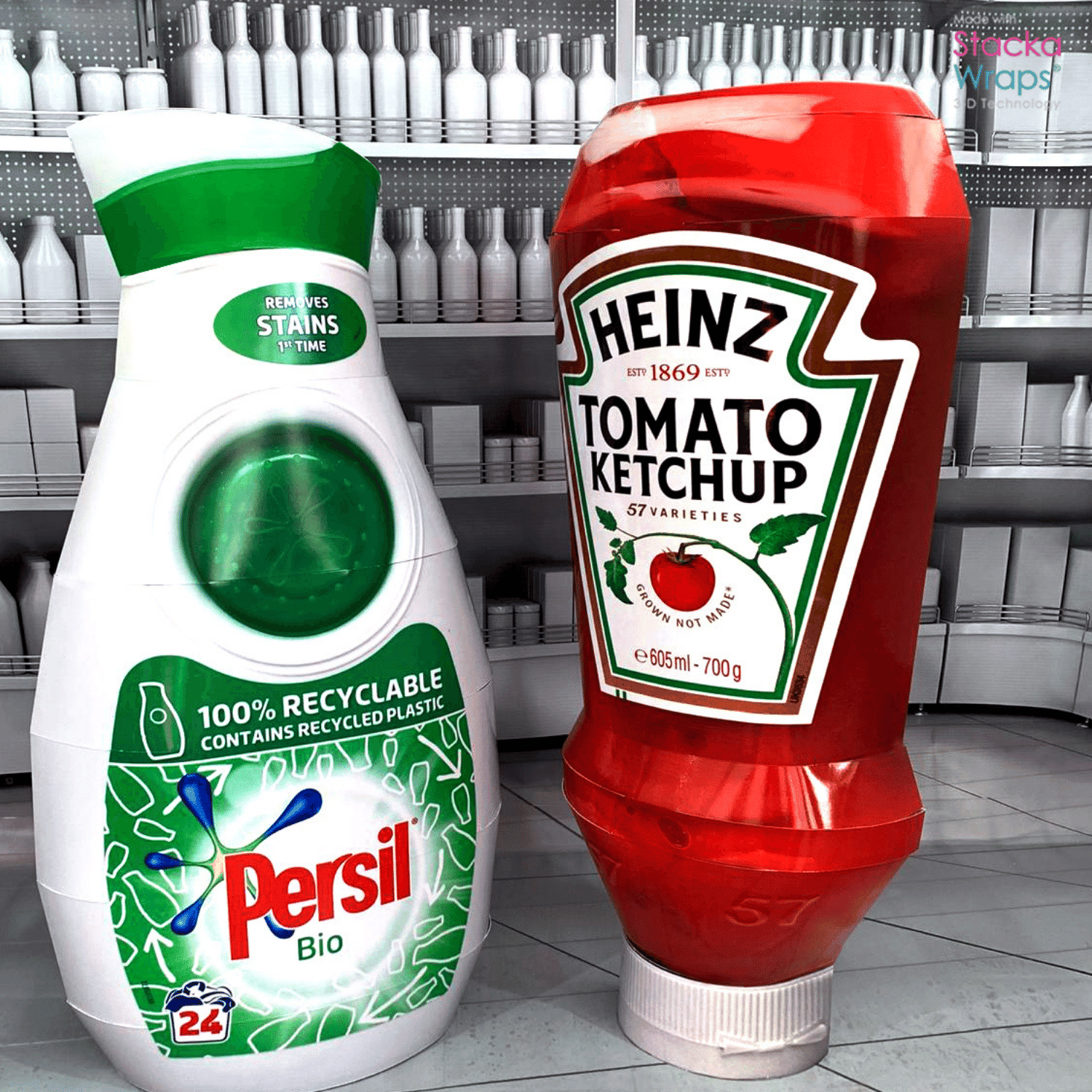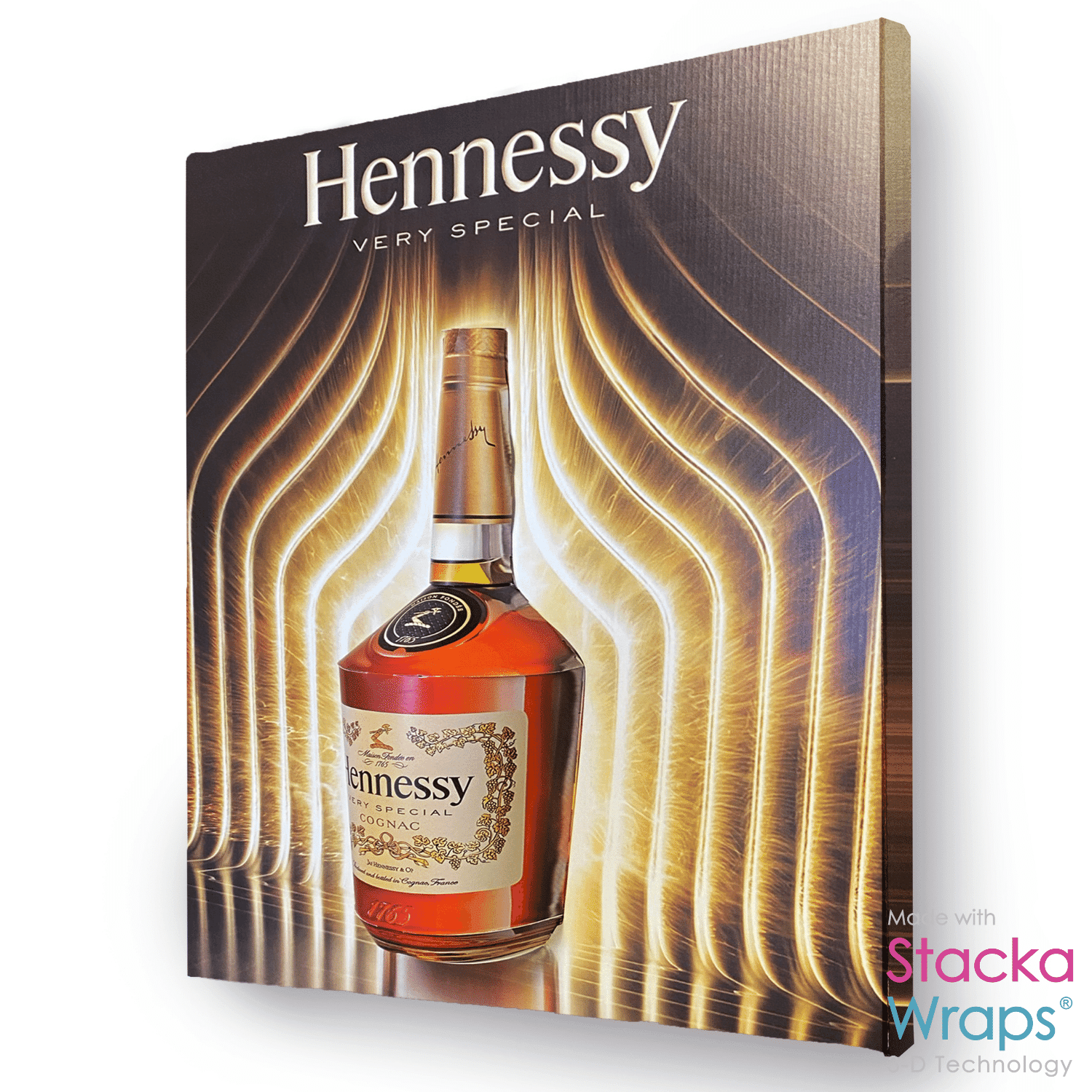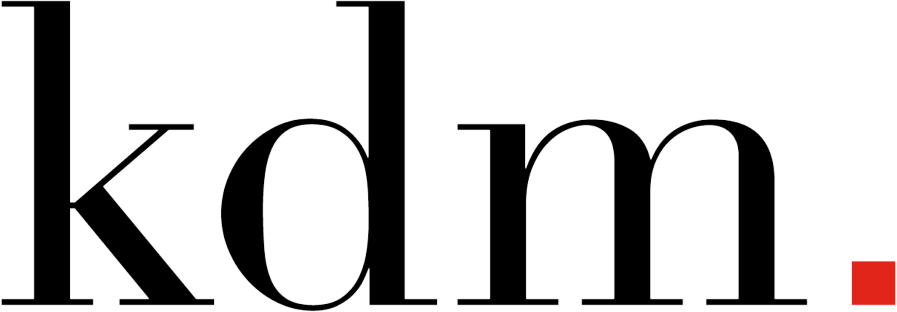What Is Flexo Printing?
What Is Flexo Printing?
Flexo printing is a similar process to how a stamp is used. A specific ink color is applied to rubber printing plates with elevated sections that form the desired image. The printing plates are attached to rolling cylinders, which move the printing medium across the ink-coated raised design, allowing the print to take. Do you want to have an advantage over your competitors? Are you interested in driving more revenue for your business? Does your brand need a new look? If you answered yes to any of these questions, then this blog is a must read for you. KDM has a new technology that is causing a huge commotion in the printing industry. You might ask yourself why you need a custom 3D display? We have 7 reasons why.
Flexo printing is commonly used when printing large amounts of the same design. This form of printing can be seen all over the food industry as labels for bottles, cans, and more are all commonly created through flexo printing. Prints can be transferred to a variety of materials such as papers, foils, plastics, and more.
As tech continues to evolve, there are now many flexo printers that are designed with inkjet printing capabilities. These capabilities allow for a design to be finished in full color in much less time. As the speed and efficiency of flexo printing only increase, many businesses are looking to utilize the process in many different ways.
How The Flexographic Printing Process Works
Art Work
The first step is designing the artwork that will feature on the raised portion of the flexible plates. Many times, there are different printing plates with specific raised sections that are not the full design but are designed for a particular color. Then, through layering multiple designs and colors, the desired label artwork is achieved.
Many products can have their labels printed with the use of flexo presses. Many wallpapers, wrapping papers, bottles, cans, cartons, and bags are designed with flexo printing. Flexo printing can be achieved on both uncoated or coated papers, plastics, laminates, boards, and more. Another aspect of flexo printing that sets it apart from other label printing is that non-woven fabrics, such as medical masks, can also have a design printed on them.
Web-fed Substrate Materials
The rolling style design of the flexo printing press works as a way for a considerable amount of substrate materials to be fed into the media, as long as the substrate is something that can be rolled and unrolled. This near-continuous print allows for a large number of prints to be completed in a relatively short amount of time. With such a high volume of prints being created, it is important to note that flexo printing accuracy will remain largely consistent.
The Flexographic Printing Press
Unwind and Infeed – First, a roll of a substrate (paper, plastic, laminate, etc.) is inserted into a particular section of the printing press. As a way to ensure that there is no wrinkling or other print defects, tension is kept on the roll to hold it in place as the machine is running.
Enclosed Doctor Blade Inking System – In order to ensure the enclosed chamber of the flexographic printer is filled with ink, the machine is equipped with a continuous cycling pump. After the ink is injected into the chamber, then the ink is transferred to the anilox roll. Any excess ink will be removed with something called a doctor blade. Throughout the label printing process, the ink remains in an enclosed system in order to achieve the highest efficiency.
Inking Anilox Roller – The anilox roller is used to carry a small ink layer from the inking system into the image carrier. In order for the anilox roller to carry such a thin layer of ink, it is covered in microscopic cells that make the transfer process much easier.
Image Carrier and Impression Cylinder – The image carrier works to transfer the image design on the printing plate to the actual substrate. The flexographic press is designed to pull the substrate between the impression cylinder and the image carrier. At the same time in the process, the impression cylinder is present to hold a very specific amount of pressure on the substrate, so there is even ink distribution and less chance of defective prints.
Drying – The drying process starts as the newly printed-on substrate winds through roller-less and plate-less sections. Depending on the number of colors used in the design, the substrate can go through multiple image carriers, impression cylinders, and drying sections depending on the number of colors used in the design.
Outfeed and Rewind – The last step of the flexo printing process is the outfeed and rewind. Outfeed and rewind refers to when the substrate is rolled up once more in preparation to be cut into each individual print.
How Is Flexo Printing Different?
Flexographic vs. Offset Printing
INKS:
Flexographic printing allows for a much larger amount of ink options. Offset printing typically will only work best with oil-based inks and some water-based and UV curable inks as well, thus limiting the range of available color choices.
MAINTENANCE:
In the offset printing process, a majority of the printing plates that are used are more likely to fall victim to oxidation if they lack routine maintenance. While it is possible to avoid this oxidation issue, the level of care required for offset printing plates is an important factor to consider.
AFFORDABILITY:
When comparing flexographic printing and offset printing, it is valuable to know that in most situations, a flexo image carrier is less expensive to create, and they are also likely more durable than the offset plates. Another important advantage that comes with the flexographic printing process is that due to the vast ink choices, there is room to choose faster drying ink (UV curable and water-based) that will allow for a quicker print job, likely increasing profits.
CONVENIENCE:
As offset printing can only be done on a very smooth and flattened surface, there are some aspects of convenience that can be a concern for anyone looking at offset printing. With flexographic printing, designs can be transferred on various substrates, and the machine is less demanding in terms of smoothness preferences. Also, with the flexibility that comes with a broader choice of inks for a design, flexo printing is the more convenient of the two options.
Flexographic vs. Gravure Printing
SUBSTRATES:
A significant limitation of gravure printing is that it works best with porous substrates, meaning that any smooth surface papers and plastics are more susceptible to defects and lower print quality prints. Flexo printings will work with both smooth and porous substrate surfaces.
ENVIRONMENTAL CONSIDERATIONS:
As gravure printing is most commonly achieved through solvent-based inks rather than water-based inks, there is an understanding that solvent-based inks are not the most environmentally friendly option when it comes to printing. Flexo printing allows for more choice in ink, which creates the opportunity for greener alternatives.
Flexographic vs. Digital Printing
COST:
The flexographic printing process is a more cost-effective option when looking to print a higher volume of designs as the process is essentially continuous. Digital printing is excellent for small print jobs and can be more cost-effective in that regard.
INKS / SPEED:
As there are many fast-drying inks compatible with flexo printing image carriers and flexo presses, flexo is the best choice when looking to create a large volume of prints in a short amount of time.
Advantages Of Flexographic Printing
The Flexographic printing process works to combine printing and other techniques into a continuous process. With flexo printing, vibrantly printed products are produced in a timely manner while efficiency is still maintained. Flexographic printing has the most flexibility regarding inks (solvent-based, water-based, or UV inks) which creates options for fast drying and environmentally friendly products. Flexographic printing is the primary printing method for a variety of companies as convenience and efficiency remain unmatched.

